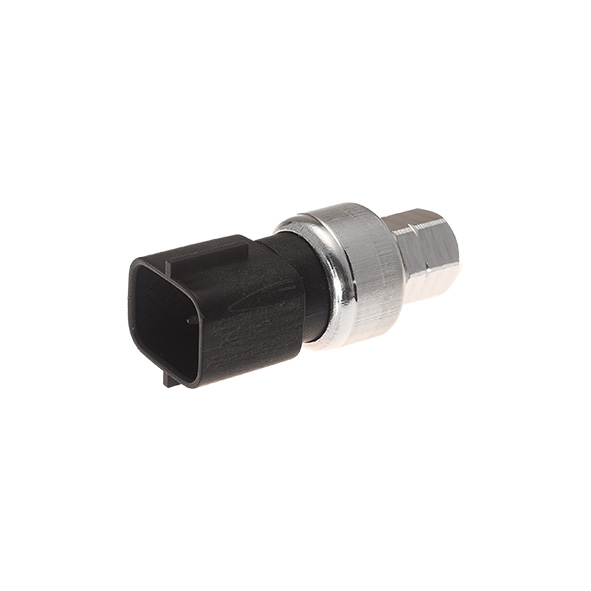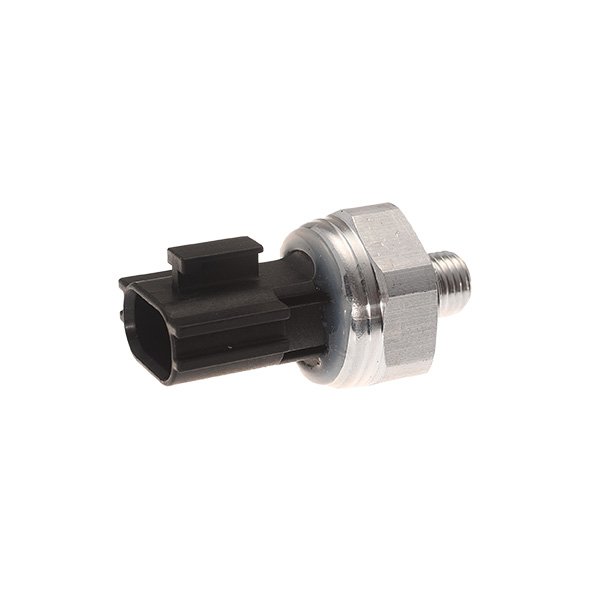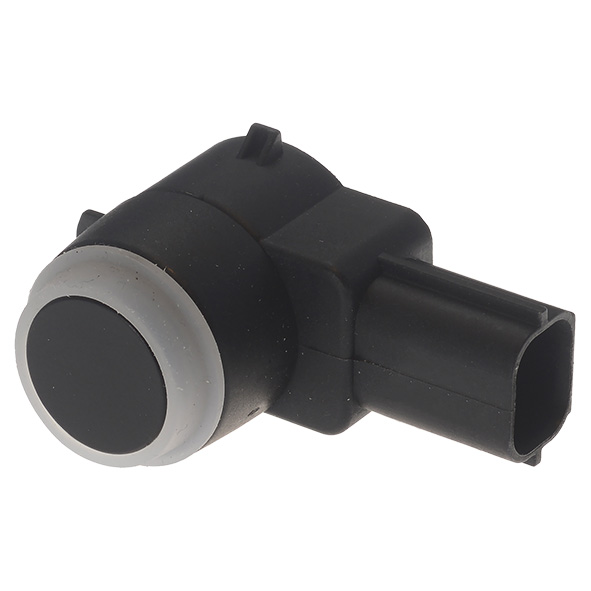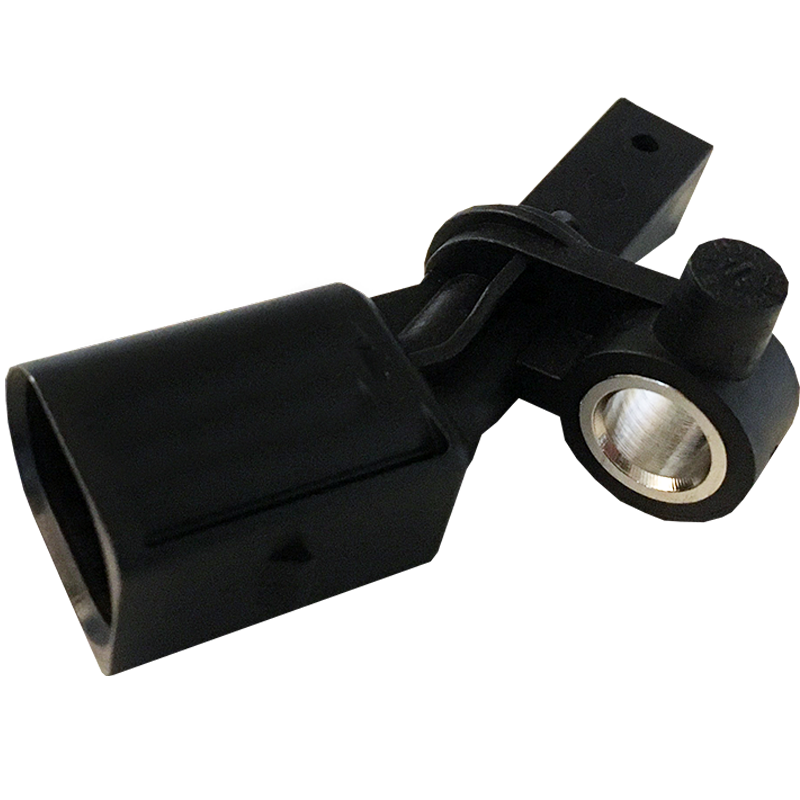Detecting a pressure sensor failure can be complicated, because even if the air conditioning system is no longer functional, the failure is not necessarily related to the pressure sensor itself. Moreover, there are not always clear signs that the problem comes from the pressure sensor.
However, you need to check the air conditioning refrigerant’s level first, because if the sensor does not detect enough pressure, it will not be able to carry out its measurements. In fact, the system is no longer working due to the lack of fluid, not due to the failure of the air conditioning pressure sensor.
In case of compressor or clutch failure, you have to visually inspect the sensor itself. You must ensure that it is not damaged or dirty.
If the failure does not come from the two elements mentioned above, you will need to carry out a test to verify the correct operation of the pressure sensor. This will involve blowing compressed air inside the sensor. If you can hear a clicking sound, then it means that the pressure sensor is tilting – a sign that it is working. If, on the other hand, there is no noise, the air conditioning pressure sensor is defective.
Using a multimeter, you can also shunt one of the pins of the sensor connector. This test must be carried out with the engine running. During this test, if the pressure sensor is involved, then the compressor will start to run.
If the above tests are inconclusive, your air conditioning pressure sensor needs replacing.
















